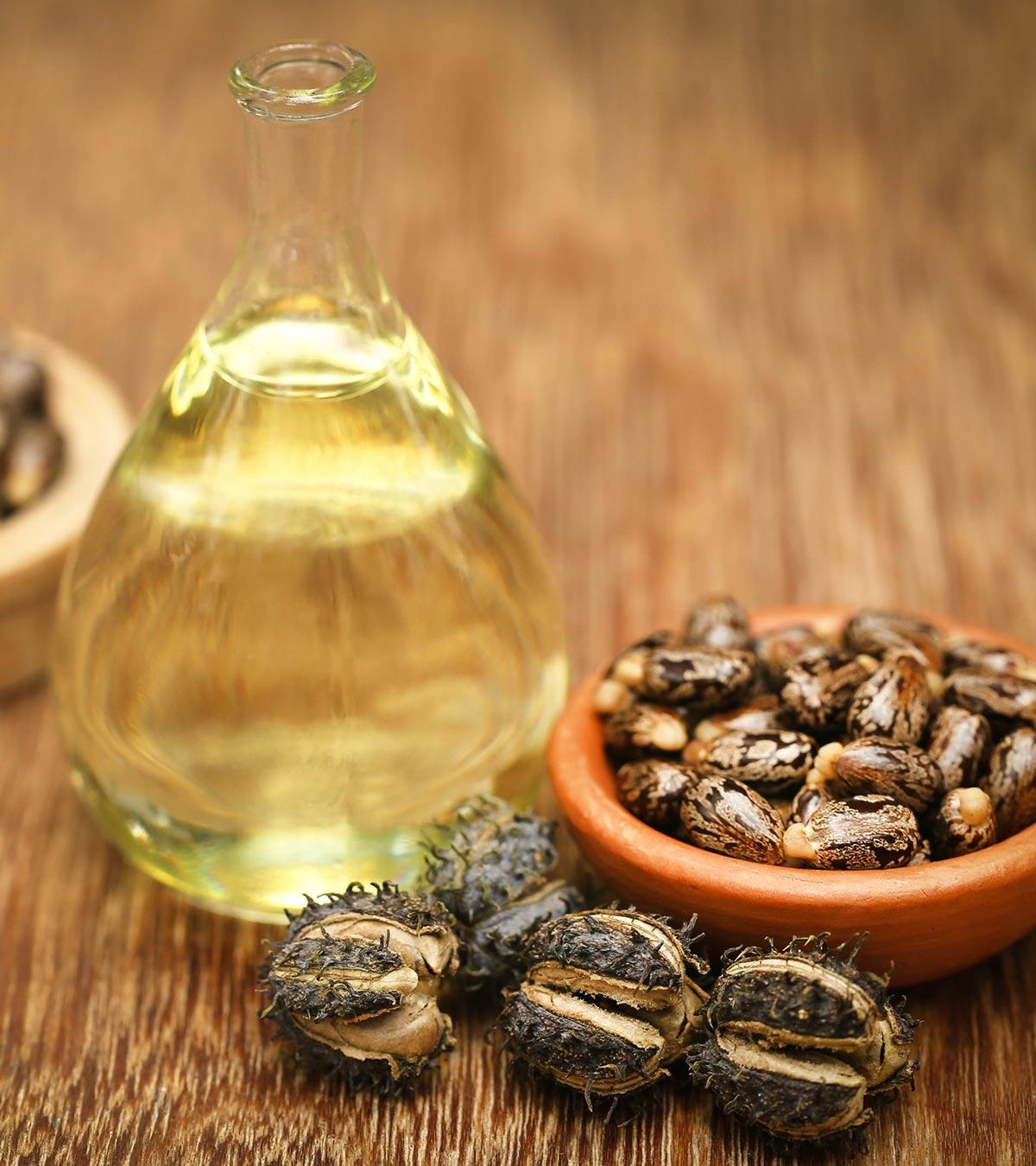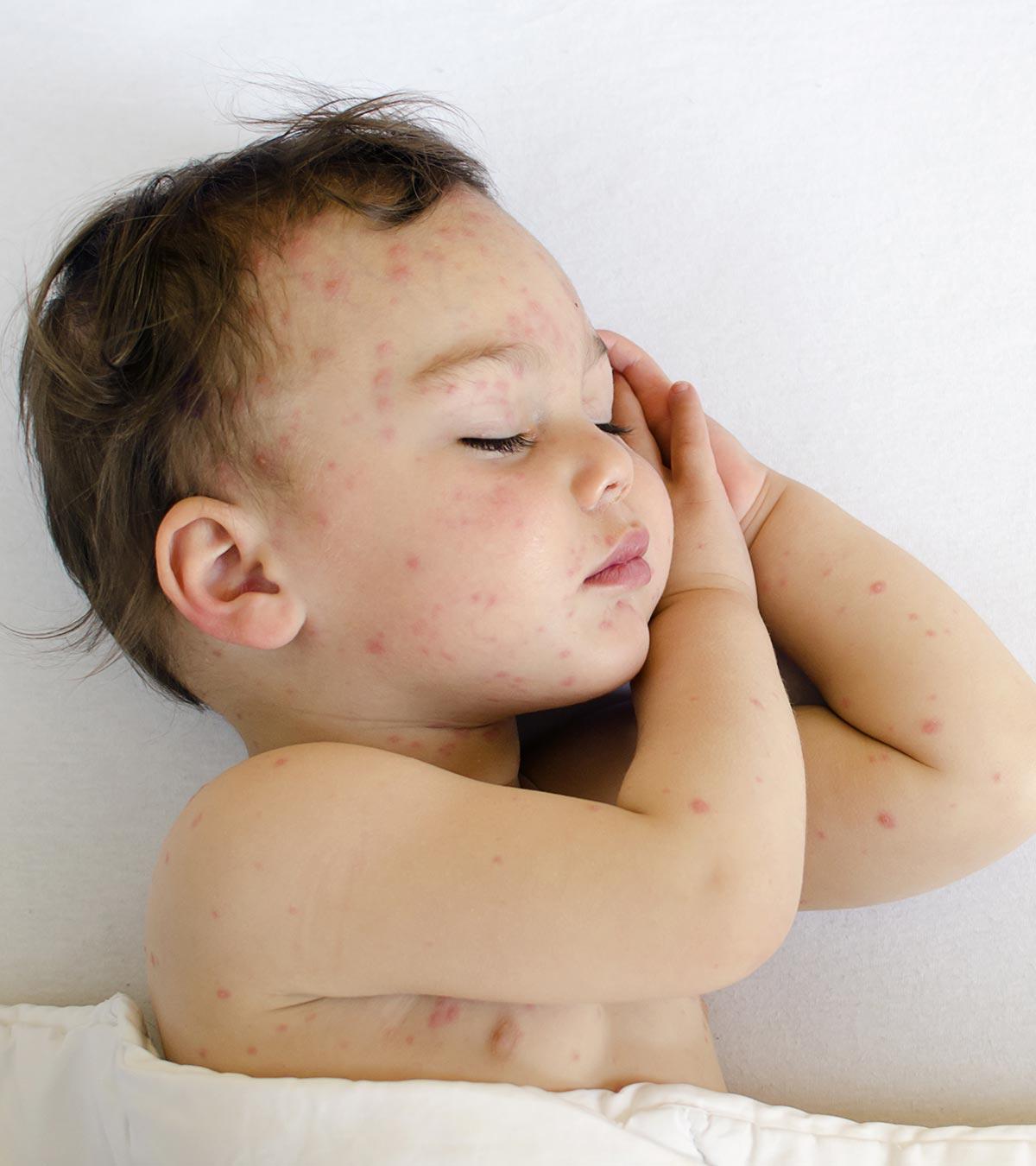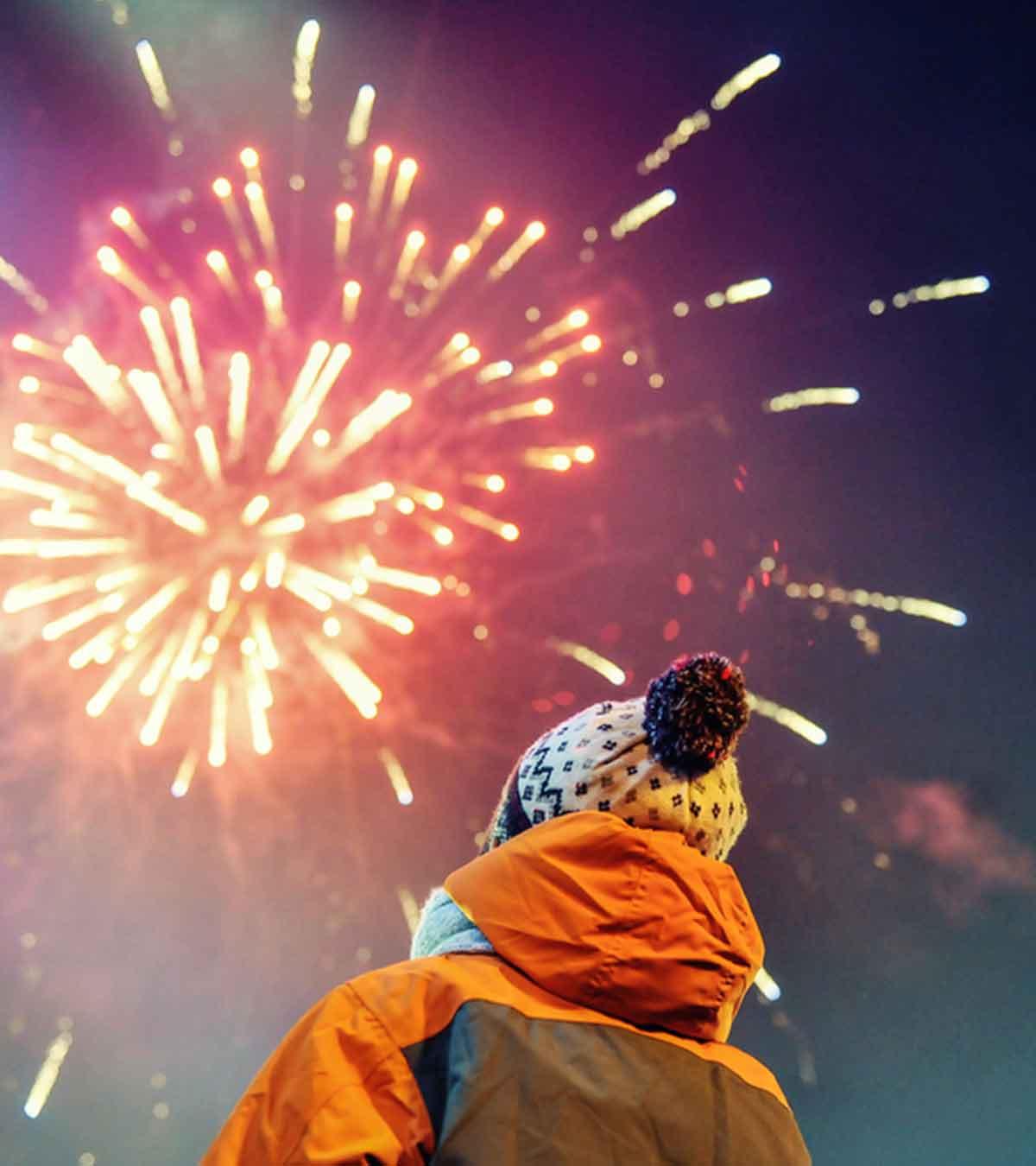
Image: Shutterstock
Many parents may wonder whether their newborn baby’s bath temperature is ideal. Some prefer giving their babies a warm bath because it seems to calm and relax them. However, it is better to bathe your newbie in lukewarm water.
While bathing your baby, ensure that the water temperature does not exceed a level that could harm their delicate skin. In case of fever in babies, giving a lukewarm bath or a sponge bath may help temporarily lower the fever while administering the fever medicines prescribed by the pediatrician (1) (2).
Read on to know the recommended bath temperature for newborn babies, how to offer them a safe and pleasant bathing experience, and how to determine the water temperature.
What Is The Safest Bath Temperature For Infants?
Image: Shutterstock
The safest and most preferred bath temperature for newborns and infants is around 98.6° to 100° F (37° to 38° C). Bathing your child in water higher than the ideal temperature can burn their sensitive skin and even lead to dry skin. On the other hand, bathing them in cold water can cause chills.
 Expert says
Expert saysHow Warm Should The Bathing Water Be In Hot Weather?
When the temperature rises in summer, you can bathe your baby in water that is slightly lower in temperature than the usual bathing water. However, the water should not be too cold, as it might make your baby feel cold.
How To Measure The Baby Bath Temperature?
Image: Shutterstock
Here are a few ways through which you can monitor your baby’s bath temperature.
- Use a bath thermometer.
- Insert your elbow or wrist in the water for a few seconds to check if the water feels mildly warm.
- Use bath toys or floating thermometers that change color to indicate extremely hot water.
Avoid using the standard mercury-in-glass thermometer to check the water temperature, as the device is delicate to use and may offer only a limited range temperature reading
. Besides, the digital thermometer may not be waterproof, so inserting it in a bathtub might ruin it.
Regardless of the method you employ to check the water temperature, always double-check the water by inserting your hand into it to ensure it is safe, secure, and comfortable for your little one. Also, when bathing, if you feel that the water has become cold, pull out your baby immediately.
Ways To Ensure Safe Water Temperature For Your Baby’s Bath
You need to exercise caution when bathing your little one in warm water. Here are some tips to ensure the complete safety of your child.
- Bathe your child in a clean plastic tub or a sink. Also, keep a sponge, soap, and a mug ready before you start bathing your baby.
Image: Shutterstock
- Keep regular or cold water handy to make your child’s bath cozy. When the bathtub is partially filled with hot water from the tap, you can mix some cold water to adjust its temperature and create a soothing and safe bath for your child.
- Throw in some bath toys that track water temperature. Follow it up with a floating thermometer to check the exact temperature of the water.
- Always insert your wrist or elbow to check the water temperature before putting your child in the tub.
- Ensure that the water level in the tub is not above two inches or five centimeters. You can gradually increase the level as your baby grows.
- Install child proof taps and knobs to prevent accidental scalding. You can also add faucet covers to prevent burns in case a child accidently touches the faucets when they are hot.
- Empty the bathtub and buckets completely and close the toilet lid after use to prevent accidental drowning.
Image: Shutterstock
- To avoid shocks all the electrical outlets not in use should be covered. Also, devices like electric razors and hair dryers should be unplugged after use as electricity may leak even after the device has been switched off.
 Quick tip
Quick tipAdditional Safety Tips To Follow
Image: Shutterstock
- When placing your child in a bathtub, always hold them carefully with your dominant hand. You can use the other hand to support their back and head.
 Point to consider
Point to consider- The faucet attached to the bathtub heats up after running hot water. So, ensure that you place your baby away from the faucet to avoid chances of accidentally burning their skin.
- Do not bathe your child with warm water running from the faucet.
- If there is a risk of your child touching the hot faucet, cover it with a faucet cover.
- Never leave your child alone in the bathtub, as they could drown or accidentally slip and hurt themselves.
- Ensure the room temperature is warm so that your child does not feel cold during or after a bath.
- Ensure that there are no drafts of air entering the bath area.
- The ideal time to bathe newborns and infants is noon when the environmental temperature is highest in the day.
- Wrap your baby in a gentle, soft, and thick towel and dry them quickly and thoroughly so they do not catch a cold.
- Your baby’s body should be completely dry before you put on the diaper and clothes.
Frequently Asked Questions
1. How often should babies be bathed?
The AAP suggests that babies may be bathed about three times a week with tender care and not more than that as it may lead to the drying of their skin (3).
2. What happens if the baby’s bath is too warm?
In case a baby’s bathing water is too hot it might lead to instant scalding of the skin which can be very painful for the baby (5).
3. Can a baby go in a hot tub?
It is not advisable for infants and toddlers to be let into a hot tub as they have sensitive skin and are prone to overheating (6).
Although many parents and elders have varied opinions on the right newborn baby bath temperature, most people stick to lukewarm water ranging from 37° to 39°C. This is an ideal temperature to give your baby a relaxing bath. While you must be alert and cautious when bathing a newborn, you need not be too worried about it. Though you may not be able to constantly measure the water temperature, be intuitive and ensure it suits your baby’s delicate skin. Further, ensure you follow the safety measures listed above to have a safe baby bathing experience.
Infographic: How To Bathe The Baby When They Are Sick?
Safety measures while bathing a baby are essential to be followed, and more so when they have a cold or fever. So this infographic will provide tips and ways to bathe your baby when they are sick, so you may keep them clean without worsening their condition. Illustration: Momjunction Design Team
Key Pointers
- A safe water temperature to bathe your baby should be 98.6° to 100°F.
- You can check the temperature with a bath thermometer or dip your elbow to feel it. Also, the bath toys change color if the water is too hot.
- Ensure to keep aside some regular or cold water ready and never leave your baby alone in the bathtub.
Image: Stable Diffusion/MomJunction Design Team
Bath water for babies needs to be at a comfortable temperature for their safety. Learn how to check for the perfect temperature for your baby’s bathwater with this video.
References
1. Everything you need to know about fevers in children; Children’s National Hospital
2. When your baby or infant has a fever; National Institutes of Health
3. Bathing Your Baby; American Academy Of Pediatrics
4. Bath temperature for your baby; HSE
5. Safe bath temperature: babies and children; Raising Children
6. Hot Tub Safety Tips; PHTA
Read full bio of Dr. Pooja Parikh
Read full bio of Dr. Ritika Shah
Read full bio of Ghazia Shah


























